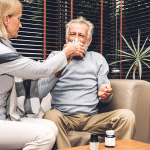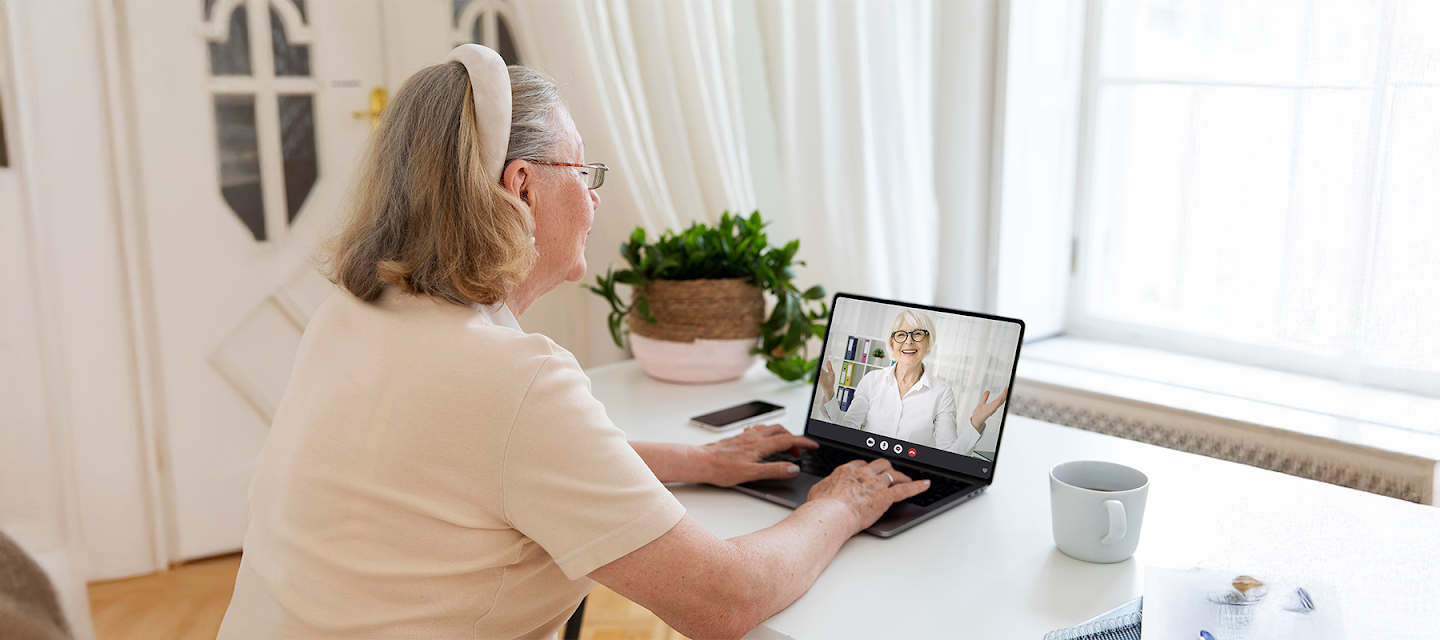Many Americans of today are suffering from chronic loneliness. They are frequently seen walking out of a doctor’s office holding a prescription slip. Once loneliness was considered an emotional or social challenge, but it has now become a part of our overmedicated society. In such a society, the physicians are at large prescribing for loneliness, apart from addressing the root causes.
Due to this ever-increasing loneliness crisis, individuals are indeed being affected, but the crisis is even rippling through the healthcare system, straining the resources and leaving the patients without receiving any lasting relief.
This crisis is well-known to everyone. An American shares his story of how several years ago, he lost his wife. After her demise, he began visiting his primary care doctor to relieve himself of the weight of emptiness that overwhelmed him. He says the doctor handed him pills, but did not enter into any conversation about his social connections.
Although he tried reluctantly, he felt like his efforts were in a fog. But his path shifted only after he had connected with a local social prescribing model – a program that connected him to volunteer groups and community activities. Thus came his turning point.
Loneliness Prescription Crisis – what does it mean?
As observed in the USA, the Loneliness Prescription Crisis means the increasing trend of doctors prescribing medications like antidepressants to help their patients address loneliness and social isolation, but not offering social or community-based solutions. The rising rates of loneliness are affecting about half of the U.S adults – this practice has started contributing to an overmedicated society where the root cause of disconnection remains unresolved.
Through this crisis, we can check the gap in healthcare – pills are often used to treat social needs, even if loneliness can at any time bring about significant health risks such as heart diseases and premature death. Such a situation calls for a more holistic, community-driven intervention.
Why do the doctors prescribe antidepressants for loneliness?
Often, the doctors feel helpless when patients with social isolation medication issues arrive for a remedy. Loneliness mirrors depression, which causes sleep disruption, lack of concentration, and frequent sadness. Since the doctors can spare 10 – 15 minutes per patient, they default to medications, even where peer groups or therapy for loneliness is more worthy of it.
As per a 2023 survey, nearly 40% of primary care providers admitted to prescribing antidepressants for a major reason to deal with the loneliness symptoms that the patients deal with. However, drugs were never meant to be prescribed for this purpose. But the physicians often have to make the prescriptions their go-to opinion due to a lack of mental health support networks.
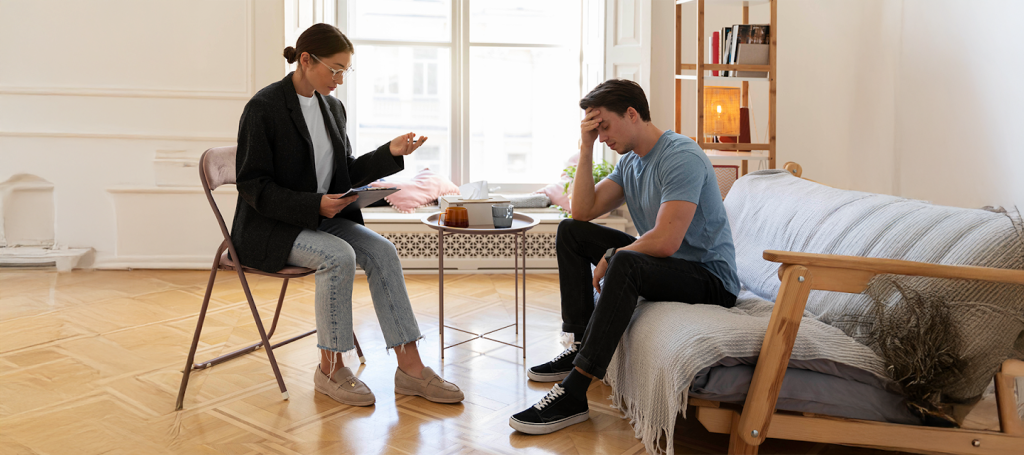
The risks of using medications for social isolation
Rarely do the pills solve the deeper root of isolation. Rather, the pills could lead to side effects like weight gain, numbness, and motivation loss. An alarming result shared in a research paper is that overreliance on social isolation medication has begun contributing to an overmedicated society. In such an overmedicated society, emotional struggles are silenced without being healed.
The anticipated risk is a developed cycle of dependency due to the scarcity of meaningful loneliness help or any sustainable solutions.
The link between loneliness and prescription drug use
Loneliness and rising prescription rates share a direct correlation. A set of studies published in 2022 showed that prescribing antidepressants to lonely seniors is 50% more, in comparison to their socially active peers. Because of the lack of community support for loneliness programs, often the doctors have to address the symptoms apart from the causes.
The spiral starts to become obvious – more isolation begins to fuel more prescriptions that further fuel a greater disconnection, that is the ever-expanding loop.
Statistics based on doctors prescribing pills for lonely patients
A few key numbers highlight the scale of this very issue:
- In the USA, nearly 1 in 4 adults is reported to feel socially isolated.
- 33% of seniors are reported to undergo persistent loneliness.
- 30% of these adults are said to receive antidepressants, even if only a fraction meet full criteria for major depression.
With this mismatch, we can observe how prescribing for loneliness has become a standard practice, regardless of the fact that community health funding for prevention is still lagging behind.
Community-based programs for socially isolated seniors
The community-driven strategies are the major shining light. Funded through community health funding grants, the Churches, senior centers, and non-profits in New York and Minnesota are now pioneering loneliness programs. These programs are connecting people into social circles, volunteer groups, or skill share workshops. Apart from pills, people get and talk to people – all the difference starts here.
How to find a social prescribing network?
Most regions now have social prescribing initiatives. For a start, ask your local primary care clinic, or just search “social prescribing near me”. The programs include:
- The walking clubs
- The volunteering opportunities
- The skill-building workshops
The active social prescribing model has been shown to bring down ER visits up to 21% among the isolated individuals.
Examples of successful community health programs for loneliness
Programs like the Elder Friends Network in Seattle or the Companionship Circle in Boston deserve special mention because these are known to connect the patients to resources like:
- Support groups
- Community
These resources are found to have demonstrated measurable impact. Thanks to the efficiency of these networks, emergency visits have reduced, mood scores have improved, and the need for alternatives to antidepressants in seniors has been lowered. On the whole, they have proven that targeted loneliness intervention is indeed possible by prioritizing community health funding.
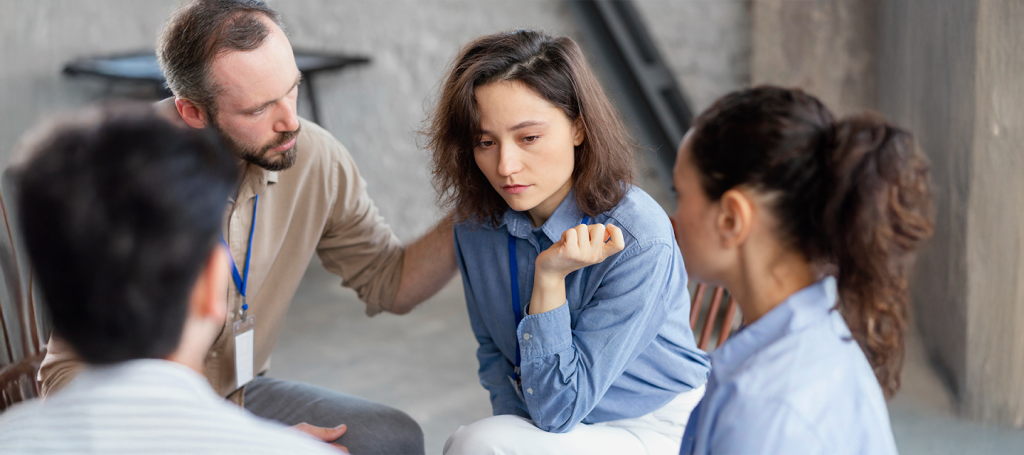
Alternatives to Medication for isolation-caused depression
First, sympathize with yourself – directly talk to a doctor about loneliness if you are struggling. Accept and encourage a discussion beyond the basic prescriptions. Take the lead – request therapy for loneliness, group counseling, or referrals to peer support programs.
These are a few proven, result-oriented alternatives to antidepressants:
- Peer-based volunteering
- Group physical activities like tai chi or yoga
- Pet therapy programs
- Cognitive behavioral therapy customized toward mental health support
A few evidence-based interventions to reduce social isolation in adults
Science directs towards effective strategies other than the pills. Life satisfaction nearly improves by 25% through the loneliness intervention efforts, such as structured community groups. In fact, the inter-generational mentorship programs even reduce isolation. The group-based hobbies, maybe music classes or gardening, help in building social ties.
Training for healthcare providers on how to address loneliness
The medical systems have to be reformed. The providers need training on recognizing the difference between depression and social disconnection to dramatically reduce prescribing for loneliness. In most pilot initiatives, workshops for family physicians on how to talk to patients regarding loneliness are covered. Furthermore, they are also trained in how to refer patients to social prescribing models. These are the remarkable ways to strengthen healthcare policy and social isolation efforts.
How to find your own community?
Let us listen to a personal success story. A US citizen states that he had almost given up when medications became his only answer. However, after one compassionate nurse pointed him toward a local “community friendship circle”, life got its ray of hope. He could find the purpose of true belonging when he showed up for weekly coffee meet-ups, art therapy, and group walks.
The result is that within months, he could reduce his needless pills. For the first time in years, he recognized himself genuinely laughing again. So, he believes deeply that taking more pills is not the real cure for the loneliness crisis. Communication, conversation, and more people are the best cure. His life has been saved by the community support for loneliness programs.
Wrapping up,
America’s overmedicated society is being converted far too often to social isolation medication as the band-aid solution. However, loneliness demands a human need for connection – it is not any chemical imbalance. The ever-increasing momentum behind the social prescribing model, loneliness programs, and loneliness interventions is offering an inspiring path to take forward.
We will be able to move from prescribing pills to prescribing belonging with more community health funding and smarter healthcare policy, social isolation initiatives.
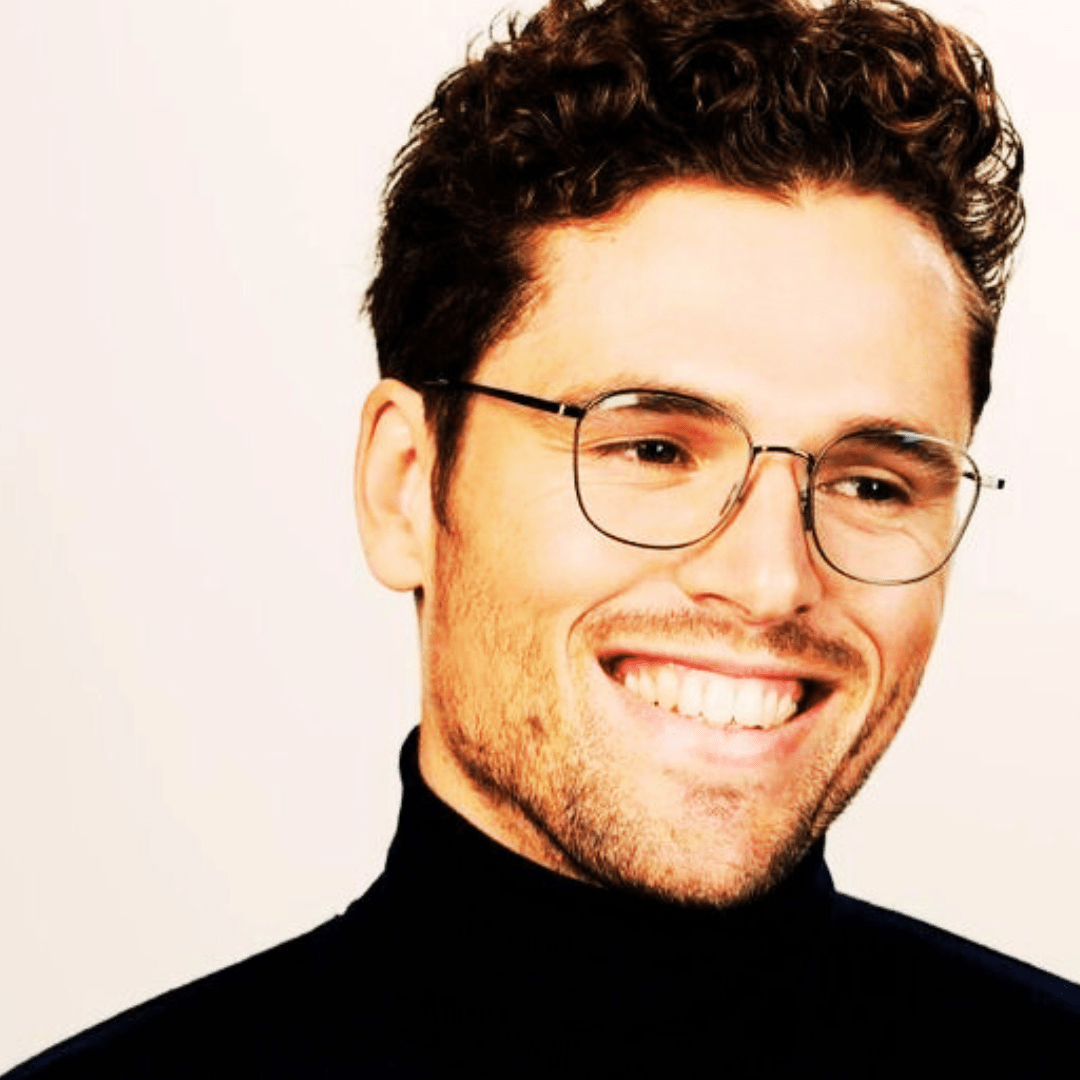
Rayan works closely with Eastpoint Digital, a reputed content marketing agency in California. He is dynamic in promoting and publishing blogs across various sites, focusing on generating quality backlinks to boost online visibility.






